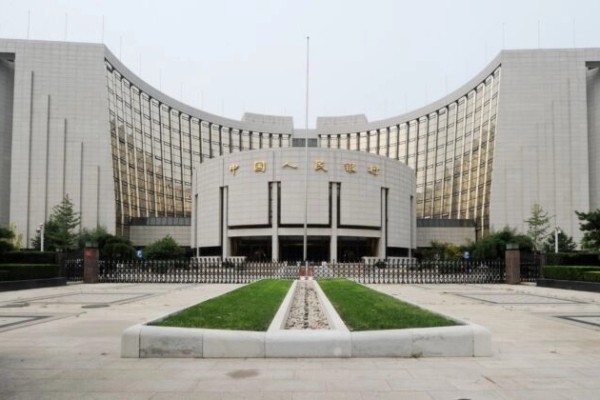On September 25, 2024, the People’s Bank of China lowered the mid-term loan interest rates for banks, in line with the previous day’s announcement of a massive injection of one trillion yuan in liquidity, in an attempt to support China’s weak and sluggish economy.
The People’s Bank of China announced that it had conducted 300 billion yuan in Medium-Term Lending Facility (MLF) operations with certain financial institutions, with a one-year term, and the benchmark interest rate was lowered from 2.30% last month to 2.00%.
According to the announcement, the highest bid rate for the September 25 MLF operation was 2.30%, and the lowest bid rate was 1.90%; following the operation, the remaining MLF balance stood at 6.878 trillion yuan.
The Financial Times, under the supervision of the People’s Bank of China, reported that the release of the MLF operation results was announced in advance and separated from the central bank’s open market operations, reflecting the differentiation between MLF and seven-day reverse repurchase operations as policy interest rates. This move aims to promote the positioning of MLF as a tool for medium and long-term liquidity supply.
On the previous day, September 24, the three major financial institutions of the Chinese Communist Party released one trillion yuan in funds for housing loans, in an effort to stimulate economic growth.
In July 25 of this year, the People’s Bank of China had already lowered the one-year MLF rate. There were 591 billion yuan in MLF loans due in September.
Frances Cheung, Head of FX and Rates Strategy at OCBC Bank, stated that the extension of a portion of the MLF loans by the People’s Bank of China was not surprising, especially given its plan to lower the reserve requirement ratio.
Cheung analyzed that the disclosure of the highest and lowest bid rates for MLF by the People’s Bank of China reflects its desire for more demand-driven operation of this policy tool and gradually reduces the role of MLF rates as policy guidance.
On the 25th, the People’s Bank of China also injected an additional 196.5 billion yuan into the banking system through 14-day reverse repurchase operations, maintaining the interest rate at 1.85%.
On September 24, the People’s Bank of China announced the largest stimulus package since the outbreak of the COVID-19 pandemic, including a 0.5 percentage point reduction in the reserve requirement ratio for banks, lower policy rates, enhanced housing incentives, and plans to consider establishing a stock stabilization fund.
This move indicates that even after the Chinese authorities lifted stringent epidemic control measures at the end of 2022, the economy still struggles to recover.
In response to the initiatives on the 24th, few in mainland China expressed a willingness to enter the market to buy houses. Analysts noted that the property market in China is already sluggish, and the introduction of these favorable policies seems “too little, too late,” creating challenges for the subsequent economic uplift. However, it signifies that economic policymakers have finally acknowledged their missteps and reflects that China’s economic downturn has reached a critical point that cannot be ignored.
A Weibo user named “Sister Mushroom” posted a question: “With the lower loan rates, will people’s willingness to buy houses increase?” There were no responses indicating a desire to purchase houses. On the contrary, some netizens left negative comments in the response section.
A Beijing Weibo user named “Smiling Lamb” replied, “Too optimistic, common people will continue to save money to repay loans early.”
A Guangdong Weibo user replied bluntly, “Not interested.”
A Weibo user from Zhejiang wrote, “Is it possible that lowering interest rates is just to urge you to buy houses eagerly, wait a few years after buying, and then raise the rates again, because whether rates go up or down, they have the final say.”

